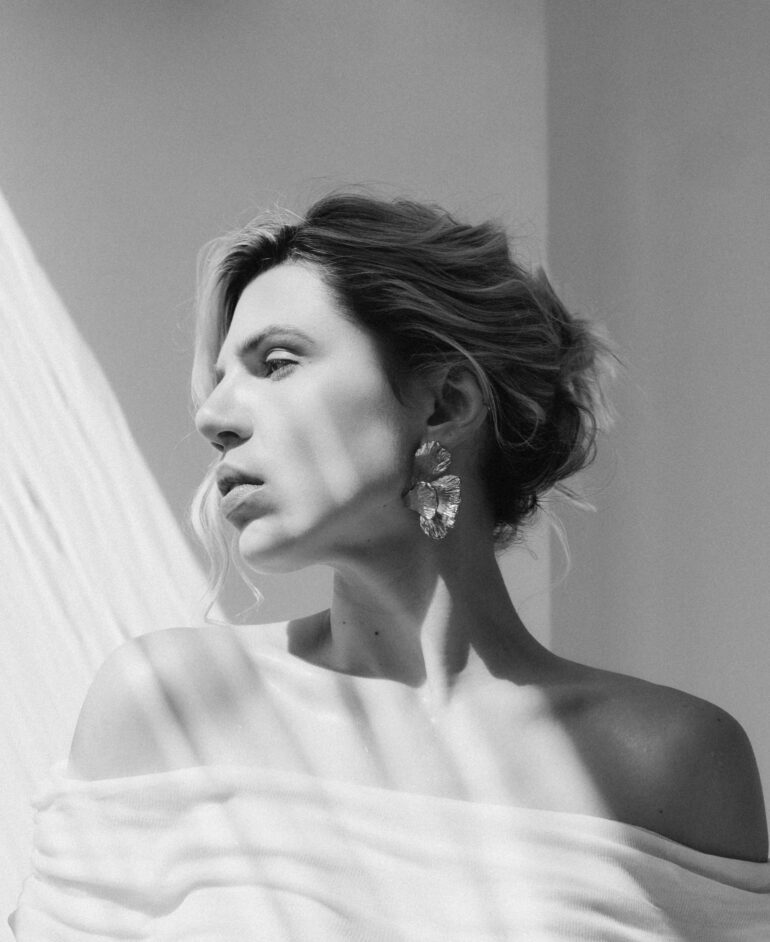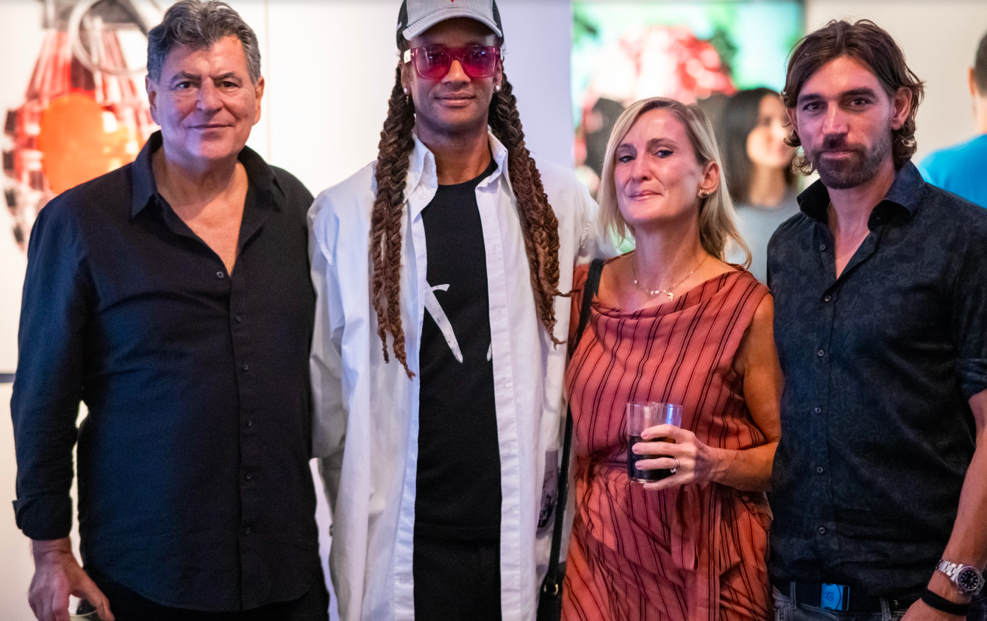In the midst of conflict, some stories demand to be seen. Ukrainian photographer Marta Syrko has devoted her lens to capturing the profound strength and resilience of those most affected by war. Since the full-scale invasion began, Marta has sought to document not just the destruction, but the enduring spirit of Ukrainians.
Her work focuses on soldiers and civilians who have lost limbs, portraying their bodies as both vessels of trauma and symbols of survival, almost like living sculptures. With patience, respect, and an unwavering commitment to dignity, Marta creates images that honor her subjects as whole human beings, powerful in their endurance. In this conversation, she shares the responsibility, care, and vision behind her deeply moving work. Culturalee spoke to Marta about her work and the incredibly moving photographic series.
What first moved you to begin documenting these stories, and how did you approach such a deeply personal subject?
When the full-scale invasion began, I felt an urgency to preserve not only the destruction but also the strength of Ukrainians. Meeting soldiers and civilians who had lost limbs, I was struck by how their bodies carried both trauma and resilience, almost like living sculptures. I approached this subject with a deep sense of responsibility — to give them space to be seen not only as victims but as whole human beings, powerful in their survival. My method was to work slowly, with respect, and to let their presence guide how the images unfolded.
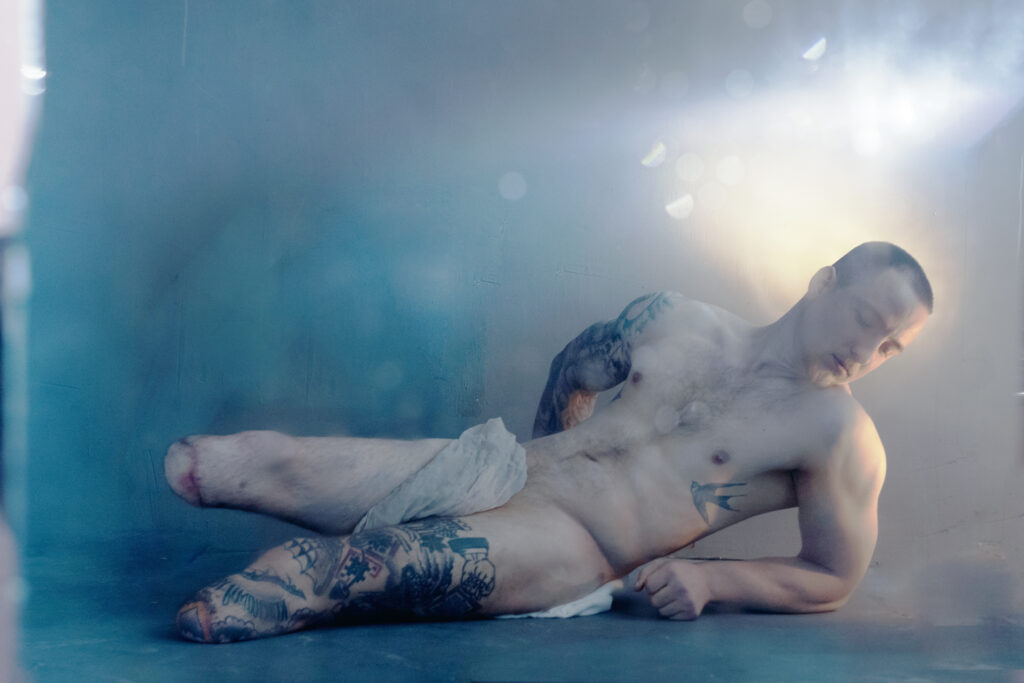
How do you balance vulnerability and strength in the way you tell their stories?
I see vulnerability and strength not as opposites, but as two sides of the same truth. The fragility of a wounded body can coexist with extraordinary dignity. When I photograph, I try to highlight that coexistence — scars alongside pride, silence alongside endurance. By doing so, the viewer is invited to confront the reality of pain, while also recognizing the subjects’ heroic resilience.
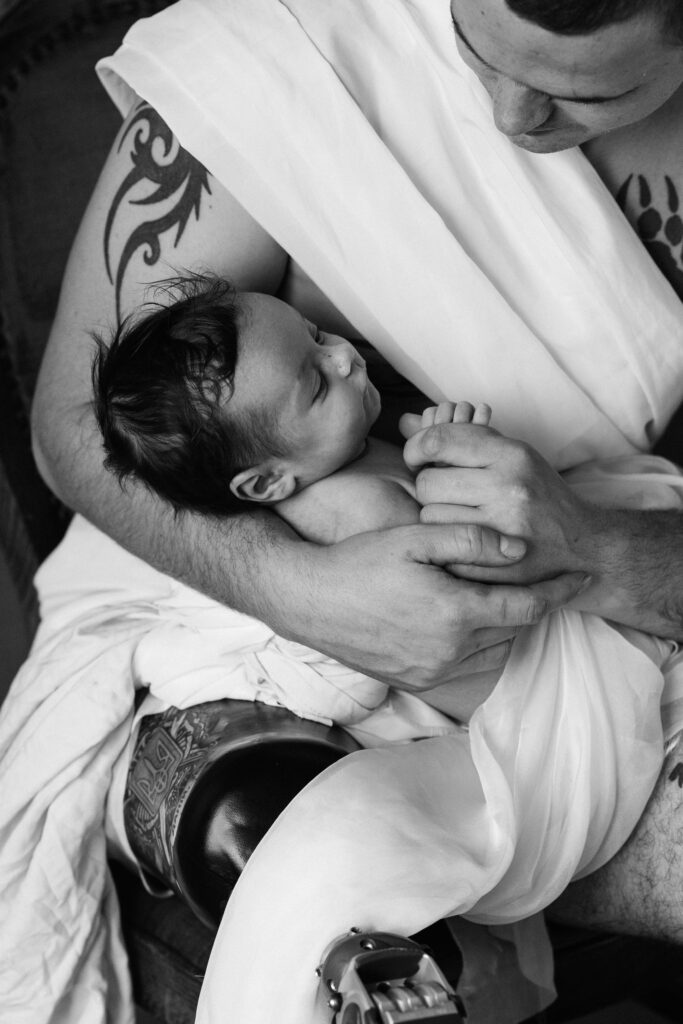
Can you share more about the partnership with Art Shield and what it has meant?
Art Shield has been an invaluable partner because they understood that art can go beyond documentation. Through their support, we were able to raise funds and provide prosthetics for amputees I photographed. This changed the meaning of my work — it was no longer only about representation but about tangible transformation in people’s lives. For the subjects, it showed that their stories could bring real change, and for me it deepened the sense that photography can be a bridge between art and action.
How did it feel to have your work exhibited during the AUSP and Art Shield event in Ukraine? What conversations did it spark?
It was powerful to see my photographs presented alongside discussions of defense innovation and cultural diplomacy. The images became part of a wider dialogue — not just about war as tragedy, but about resilience, adaptation, and the role of culture in shaping international understanding. People came to me afterward to say the portraits made the conversations more human, more visceral. They reminded everyone that behind every policy or innovation is a person whose life has been changed forever.
What role do you see photography playing in the healing process, and in shaping how the world understands their experience?
For many of the people I work with, being photographed is an act of reclaiming agency. To stand in front of the camera and see themselves portrayed with dignity can be a step in healing — it offers them a mirror that reflects not only loss but also strength. For the world, these images break through abstraction. They make the consequences of war personal and undeniable, and they invite empathy instead of distance.
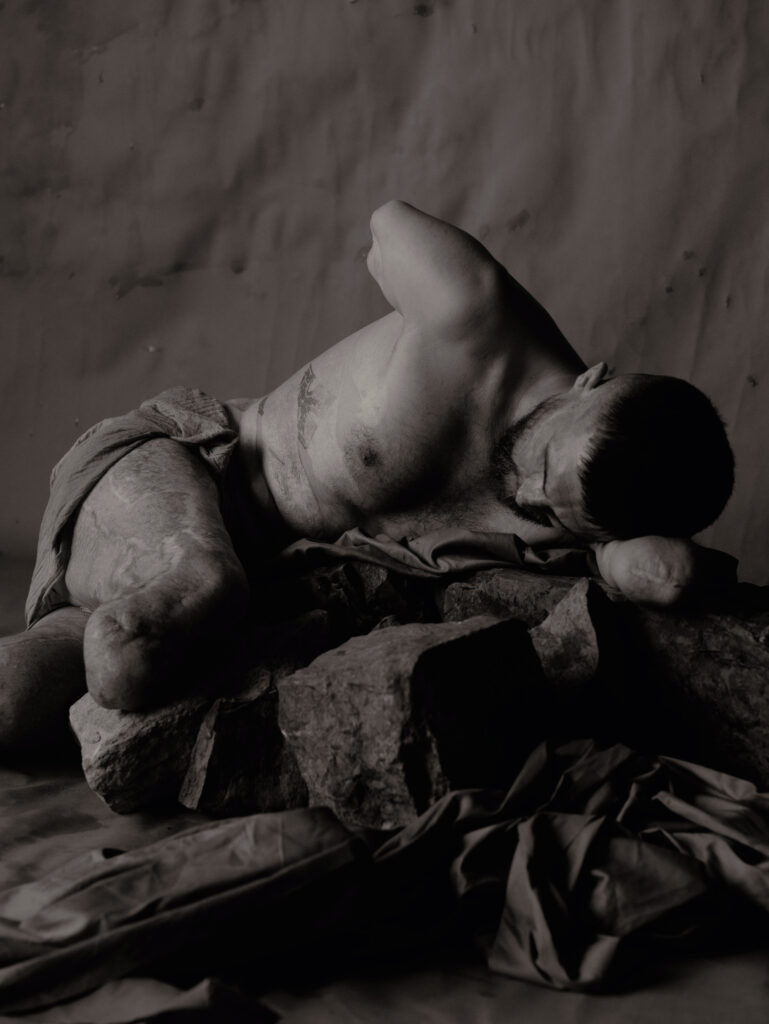
Looking ahead, how do you hope your work will evolve?
I will continue to tell stories of resilience, but I also dream of projects that look beyond war — toward reconstruction, rebirth, and the shaping of a new Ukraine. Right now, the urgency is still to show the human cost and human strength during conflict, but I believe art must also help imagine a future of inclusivity, accessibility, and healing.
How do you see your photography contributing to the narrative of Art and the Superhuman?
The idea of the “superhuman” is not about perfection or invincibility, but about transformation. In my portraits of amputees, prosthetics are not hidden — they are part of a new identity. Through art, these individuals are not defined by loss but by adaptation, by the extraordinary ways they continue to live, fight, and love. My photography contributes to this narrative by reframing them as powerful figures — almost mythological in their resilience — reminding us that the human spirit is capable of profound reinvention.
For more information on Marta Syrko Please visit https://martasyrko.com


